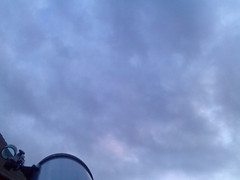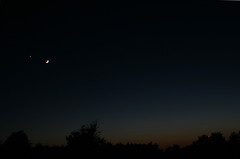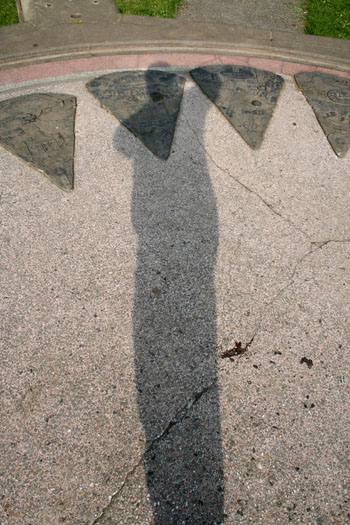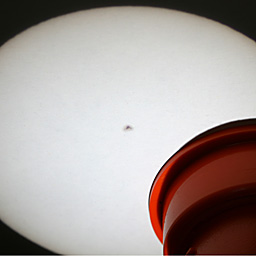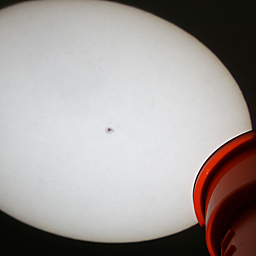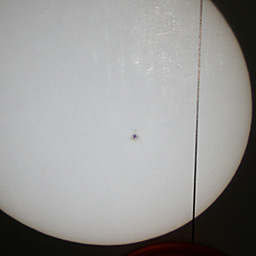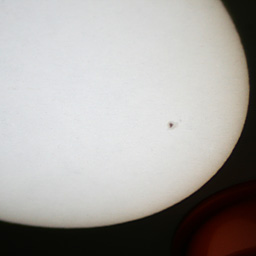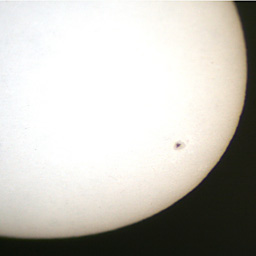In Support of UK Astronomy #4
This email just in from AuroraWatch:
Dear AuroraWatch subscriber,
You may remember that in spring 2006 we contacted you to raise awareness of damaging funding cuts to the sub-auroral magnetometer network (SAMNET) - the scientific experiment on which the AuroraWatch service depends. We received over 2,500 emails of support which were forwarded to the research council who fund activities in this area. Unquestionably, this had the desired impact as we were able to secure additional funding to keep SAMNET and AuroraWatch running until April 2008. A big "thank you" to everyone who took part! AuroraWatch is alive and well, but alerts are currently quite rare since the Sun is currently at it's lowest point in the 11 year solar cycle.
Having survived a critical period, we were confident that we would secure additional resources to keep the system operating over the coming years (towards solar maximum and more disturbed geomagnetic conditions) and we were expecting a funding announcement before Christmas. Unfortunately, the Science and Technology Facilities Council (the agency who now fund Physics and Astronomy research in the UK) have recently announced an 80 million pound hole in their budget. This surprise announcement is going to result in massive cut-backs to the grants available to universities to carry out astronomy research and the closure of many astronomical and solar-terrestrial physics facilities. Indeed, you may have seen stories in the media about the cuts (typing "STFC funding cuts" into google gives a sample of some of the uproar).
One of the sweeping cuts announced is the withdrawal of support for ground-based facilities for solar-terrestrial physics - the area of astronomy concerned with our planet's connection to the Sun. As a result SAMNET faces closure and along with it, the AuroraWatch service. Other victims include the British ionospheric radars used to study the aurora and the UK's involvement in the Gemini telescopes.
In order to register the tide of anger at these cuts (in part brought about by cost over-runs elsewhere in the council's portfolio), an online petition has been started on the Prime Minister's website. We would encourage AuroraWatch subscribers to visit the site at http://petitions.pm.gov.uk/Physics-Funding/ and support the motion urging "the Prime Minister to reverse the decision to cut vital UK contributions to Particle Physics and Astronomy".
Also, if you are a member of an Astronomy Society, perhaps you could spread the word locally? Petitions with more than 200 signatories have to be responded to by the government. In the first day, the petition attracted over 2,000 signatories so we are guaranteed a response, but imagine how high that number could be if only a fraction of the 25,000 AuroraWatchers added their voice to the protests!
Thanks once again for your continuing support.
The AuroraWatch Team at Lancaster University

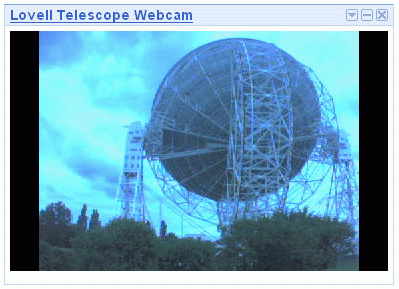
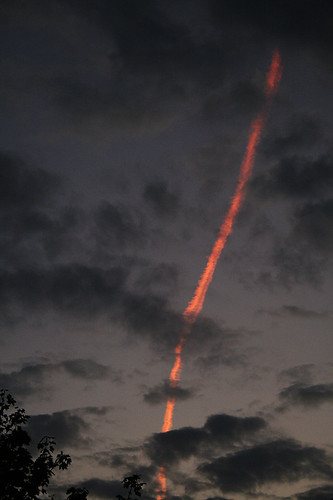
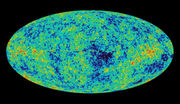 I've just been having a quick play with
I've just been having a quick play with  to places I've taken photographs at and you can click through to see each album.
to places I've taken photographs at and you can click through to see each album.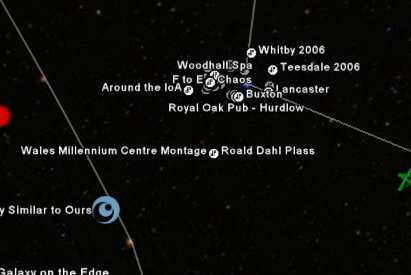
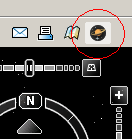
 Ian
Ian 
